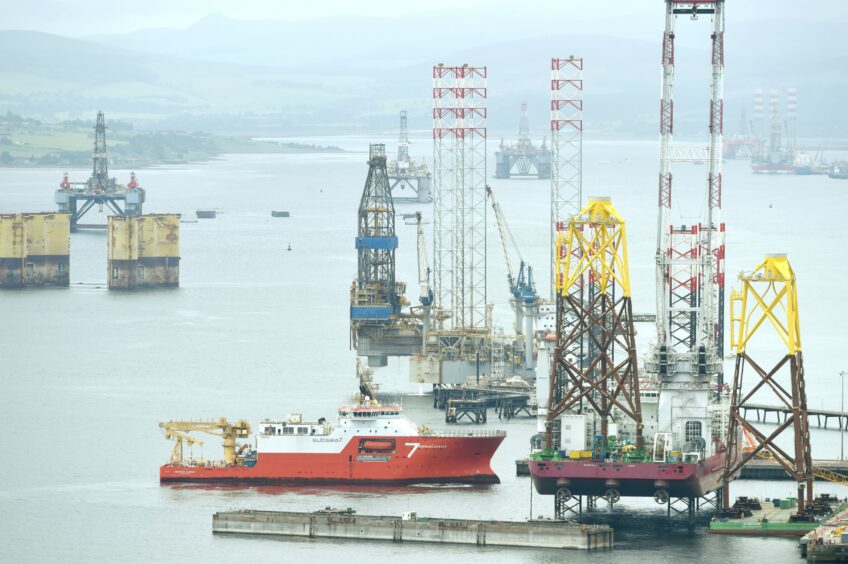
A new study estimates that the Scottish renewables sector supported the equivalent of over 27,000 jobs across the economy in 2020, but calls for better data collection from both governments.
The report published by trade body Scottish Renewables and prepared by Strathclyde University’s Fraser of Allander Institute (FAI) finds that the nation’s renewables industry had a turnover of just under £3.1 billion and provided 8,450 full-time equivalent (FTE) direct jobs in 2020.
However, the sector is not currently defined in national statistics published by either the UK or Scottish Governments.
Its size was therefore estimated using the most recent data published by the Office for National Statistics (ONS) – a different methodology to that which informed the Scottish Government’s claim that there were around 4,900 renewables roles in Scotland in 2019.
Including an estimated 8,800 FTE ‘indirect’ roles in supply chain and related jobs, and nearly 10,000 ‘induced’ FTE jobs supported by employee and business spending – in hospitality and retail, for example – the FAI report suggests the industry is responsible for over 27,000 FTE jobs across the Scottish economy.
Roles relating to onshore wind (10,120) and offshore wind (6,735) make up more than half this total, followed by hydropower (4,395) and renewable heat (2,770), as well as smaller contributions from technologies such as solar, wave and tidal and bioenergy.
In economic terms, FAI finds these effects add up to more than £5.6 billion of output, and over £2.5bn of gross value added (GVA) to the economy.
Within this total, onshore wind was responsible for nearly £2.5 billion in turnover, with offshore wind and hydropower both providing more than £1.1 billion.
‘Caution’ needed
While the sector is clearly a net economic contributor, the figures highlight the potential mismatch between various analyses of clean energy roles.
Deputy first minister John Swinney faced harsh criticism in the past over a prediction made in 2010 that the offshore wind sector could employ nearly 30,000 people by 2020. Estimates that year put the real figure closer to 1,900 – a result decried by union bosses.
The FAI makes clear its latest assessments should be “treated with a degree of caution,” noting that the nature of ONS data collection and the fact that its modelling is based on trends from 2018 means there is “significant uncertainty” in its 2020 estimates.
Figures “should only be used to provide a sense of magnitude of the economic impacts during the survey year rather than be used as evidence of how the sector is developing over the short term,” it states.
Scottish Renewables chief executive Claire Mack said the report showed “an encouraging sign of how much the Scottish economy is benefiting” from the industry’s work but urged governments to improve data collection to ensure this was captured accurately.
“As an industry we want to demonstrate how we are adding to the UK and Scottish economy and we want to be able to track how well we are progressing with the transition to a cleaner, cheaper and more resilient energy system in the UK,” she said.
“We urgently need much more robust data collection to understand how the renewable energy industry is performing and evolving across the UK.
“Scottish Renewables urges the UK and Scottish Governments to develop stronger data on the renewable energy sector. This will support transparency and accountability for government and industry economic and environmental targets.”
FAI fellow James Black added: “While the industry clearly plays a critical role in progress towards net-zero targets, it also provides many economic opportunities for Scotland. These opportunities include the potential for technological development, new export markets, and prosperity for rural parts of Scotland that may otherwise be economically left behind.
“However, opportunities do not provide prosperity in themselves. To ensure that Scotland makes the most of its renewable potential it is important that government and industry can adequately measure whether progress is being made.”
Recommended for you

 © Supplied by Fraser of Allander I
© Supplied by Fraser of Allander I